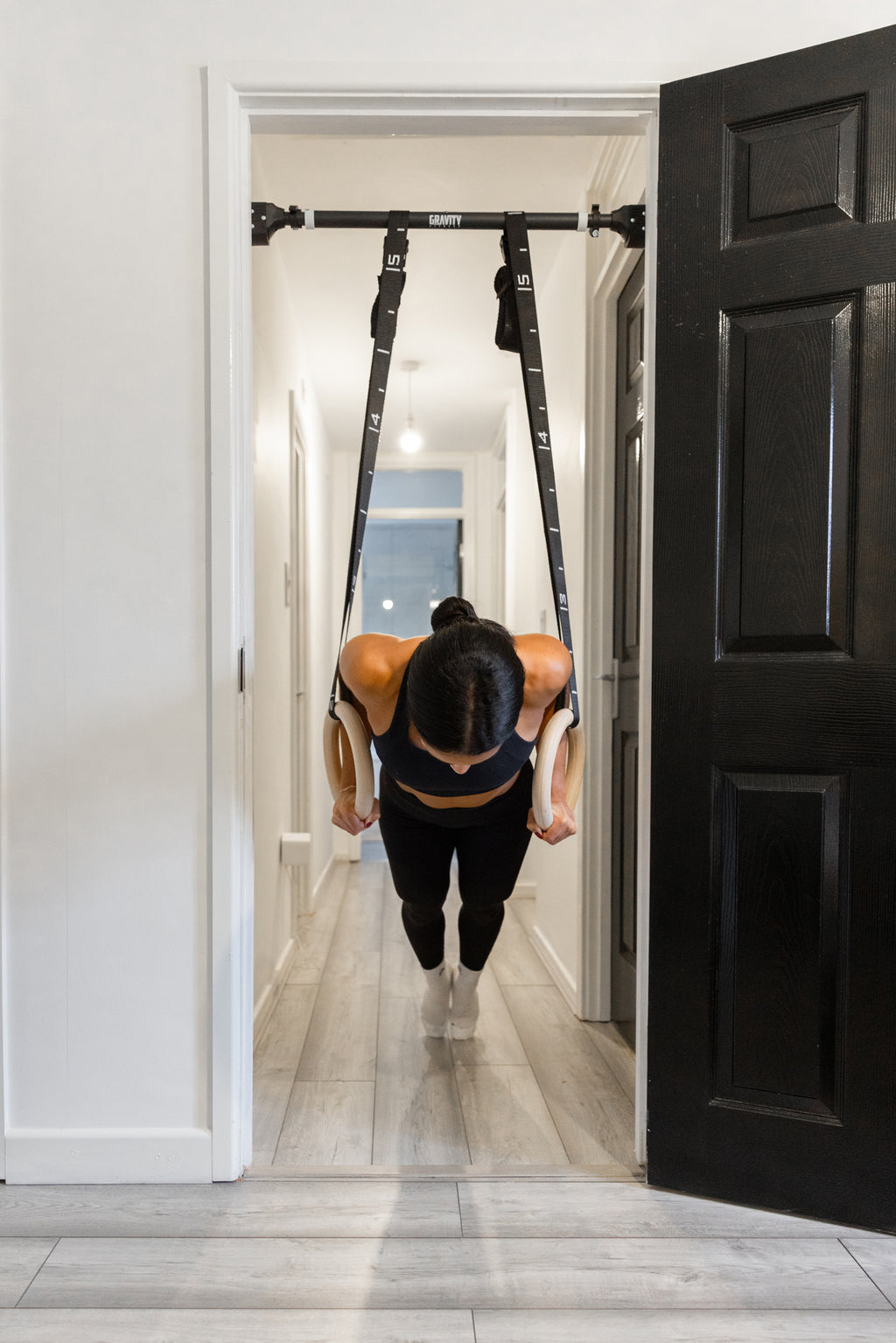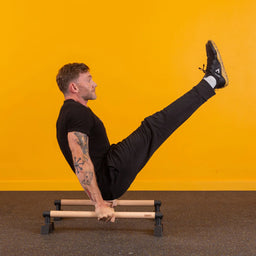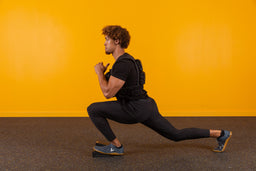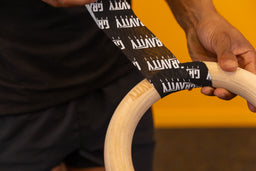
Pull up bars Buyers Guide

1. What Is a Pull-Up Bar and Who Is It For?
A pull-up bar is a fundamental tool for upper body and core strength. It allows you to train pulling movements — which are often under-trained — using just your bodyweight.
Who is it for?
Everyone from total beginners building back strength to advanced calisthenics athletes training muscle-ups, levers, or weighted pull-ups. Whether you're working out at home, outdoors, or in a garage gym — if you want to build real, functional upper body strength, a pull-up bar is essential.
2. Are Pull-Up Bars Effective? (Why Train with One)
Absolutely. Pull-up bars are one of the most effective tools for developing upper body power, shoulder stability, and functional strength — all without needing a full gym setup.
Key benefits:
• Increased back, bicep, and core strength
• Functional grip development
• Access to advanced calisthenics and gymnastic movements
• Scalable — from assisted pulls to muscle-ups and beyond
They’re simple, scalable, and brutally effective.

3. Types of Pull-Up Bars (And Which One Is Right for You)
Wall-Mounted Pull-Up Bars
• Pros: Extremely stable, allows kipping and explosive movements, excellent for home or garage setups
• Cons: Requires installation and permanent space
• Gravity’s Wall-Mounted Bar: Built like a tank — laser-cut steel, high load capacity, and deep wall clearance for dynamic movement
Door Frame Pull-Up Bars
• Pros: Cheap and space-saving
• Cons: Limited range of motion, can damage frames, often not stable under dynamic loads
• Best for: Beginners or those in rental homes — but not ideal for serious training
Freestanding Pull-Up Bars / Racks
• Pros: No installation, good for outdoor use or shared spaces
• Cons: Bulky, takes up more room, can wobble under fast movements if poorly built
Gravity Portable Pull-Up Rack
• Pros: Combines the freedom of freestanding with the versatility of wall-mounted. Easy to set up, move, and store.
• Ideal for: Outdoor training, garage gyms, or anyone who wants flexibility without compromising on strength.
• Why it stands out: Sturdy enough for muscle-ups, light enough to take with you. Gravity’s design folds down fast and supports dynamic calisthenics — no wall mounting required.
4. Which Type of Pull-Up Bar Is Best for You?
It depends on how and where you train:
• Want a fixed, ultra-stable option? Go wall-mounted.
• Short on space or renting? Door-mounted is an easy intro, but has limitations.
• Need versatility and portability? The Gravity Portable Pull-Up Rack is unbeatable for serious training without permanent installation.
• Outdoor setup or shared use? Freestanding bars work well — just check stability and weight capacity.
When in doubt, go for function, not gimmicks. Choose a bar that supports your progression — from strict pull-ups to explosive moves.

5. What Are the Downsides of Pull-Up Bars?
(And Who Should Avoid Them)
Pull-up bars are a powerful tool — but only if you use them correctly.
Potential drawbacks:
• Poorly installed door bars can fall or damage frames
• Cheap freestanding bars often wobble or bend under load
• Incorrect form leads to shoulder or elbow strain
• May not be suitable if you have upper body injuries
Build gradually. Use bands or negatives to scale up. Form matters more than reps.
6. How Often Should You Use a Pull-Up Bar?
• Beginners: 2–3x a week with assistance (bands or negatives)
• Intermediate/Advanced: 3–5x a week using various grips, tempos, and progressions
Pull-up bars can be used for strength, skill, and conditioning. Just rotate intensity to avoid overtraining.

7. What Exercises Work Best with a Pull-Up Bar?
There’s more than just pull-ups:
• Upper Body Strength: Pull-ups, chin-ups, archer pulls, typewriters
• Advanced Calisthenics: Muscle-ups, levers, front pullovers
• Core: Hanging knee raises, toes to bar, windshield wipers
• Conditioning: EMOMs, supersets, weighted reps with a Gravity vest
Pair it with bands to scale or a weighted vest to level up.
8. What Equipment Works Well with a Pull-Up Bar?
To unlock even more from your setup:
• Weighted Vest: Load up your pull-ups for real strength gains
• Resistance Bands: Use for assisted reps, stretching, or dynamic warm-ups
• Gymnastics Rings: Hang from your bar to train dips, rows, and stability drills
• Parallettes: Combine with pull-up work for full-body push/pull balance


